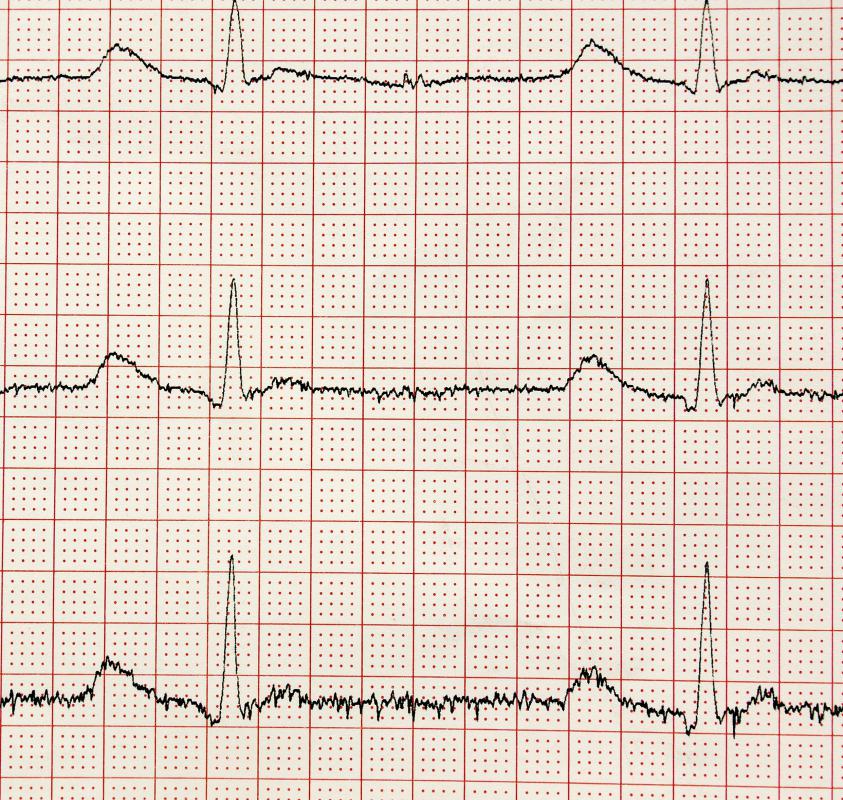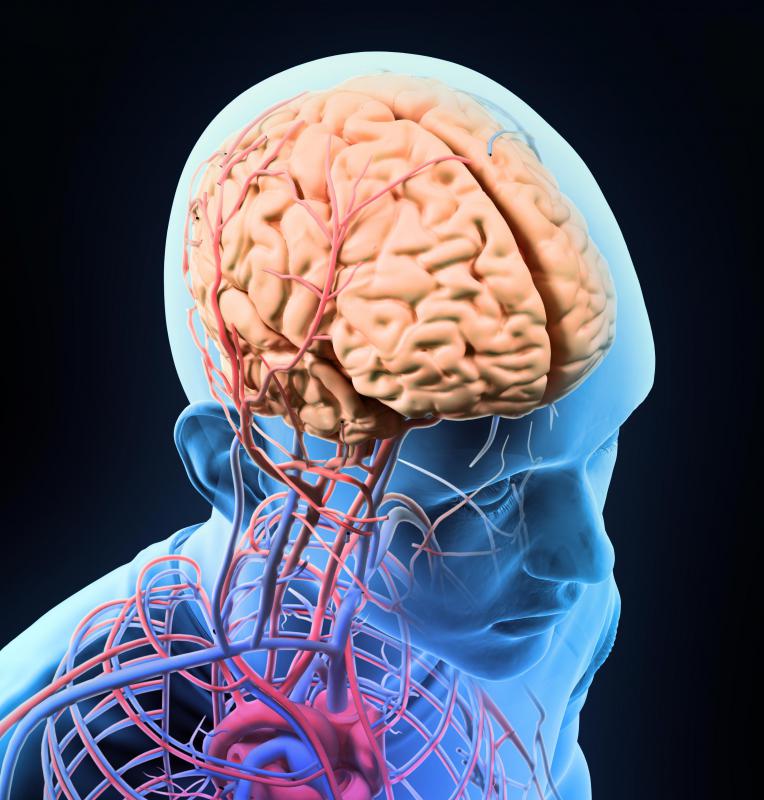At WiseGEEK, we're committed to delivering accurate, trustworthy information. Our expert-authored content is rigorously fact-checked and sourced from credible authorities. Discover how we uphold the highest standards in providing you with reliable knowledge.
What Is Doose Syndrome?
Doose Syndrome is a form of epilepsy that typically first appears in young children. Symptoms include seizures that can cause jerky body movements and potentially dangerous falls. No known cause exists for the condition, which is also known as myoclonic astatic epilepsy (MAE.)
Epilepsy is a general term for medical conditions that result from abnormal electrical patterns in the brain. Different forms of epilepsy exist. Doose syndrome is a form that affects kids between the ages of one and five. It makes up only a small percentage of the forms of epilepsy. The alternative name for the condition is myoclonic astatic epilepsy, which gives some insight as to the condition.

"Myoclonic" refers to a muscle jerk that involves most parts of the body. Muscle twitches can be gentle and subtle, or strong enough to cause the child to jerk his or her hands upward. "Astatic" means that the affected person cannot stand properly. This inability to stand occurs when the seizures result in loss of control over the muscles of the legs, and the person falls down. As well as these features of Doose syndrome, affected children can also have seizures that make them lose consciousness for a short period of time.

Doctors do not yet know what causes Doose syndrome. This form of epilepsy was only identified in the 1960's by a Dr. Herman Doose, who gave his name to the condition. Kids typically develop normally up until the age when Doose syndrome symptoms show, and then most of those affected develop problems with learning.
Medication is available for Doose syndrome patients, such as sodium valproate, clonazepam or lamotrigine, but none of these drugs are entirely successful for all patients. The effect of the condition depends on the extent of the epilepsy, as kids with mild Doose syndrome are more likely to benefit from treatment, although learning problems are still probable. Severe cases, such as those patients experiencing many seizures a day, may not benefit from treatment at all.

Young boys are more likely to have the disease than little girls. One possible cause of the syndrome may be genetic, as seizures may run in families. When a child has this syndrome, about one-third of the time, another person in the family has epilepsy too. Doctors diagnose the presence of the syndrome through the distinctive symptoms, and also through electrical monitoring of the patient's brain patterns with an electroencephalogram (EEG) machine.
AS FEATURED ON:
AS FEATURED ON:


















Discuss this Article
Post your comments